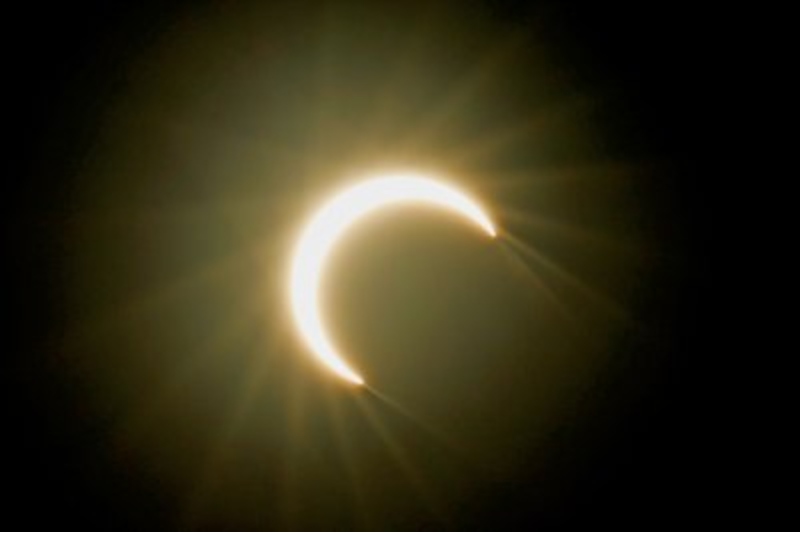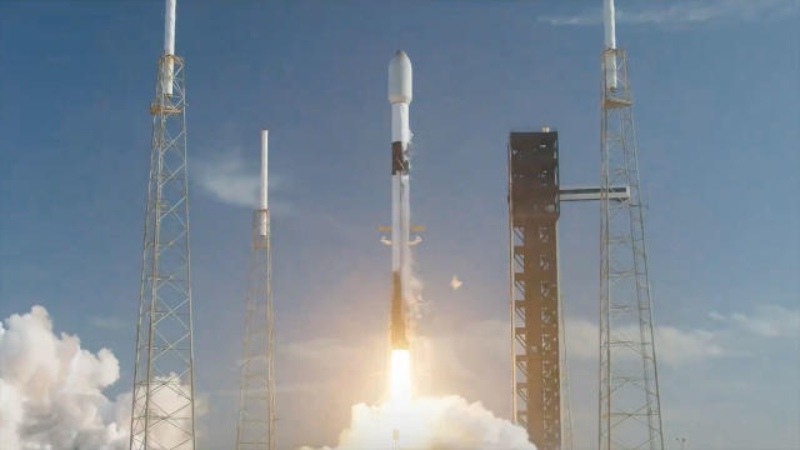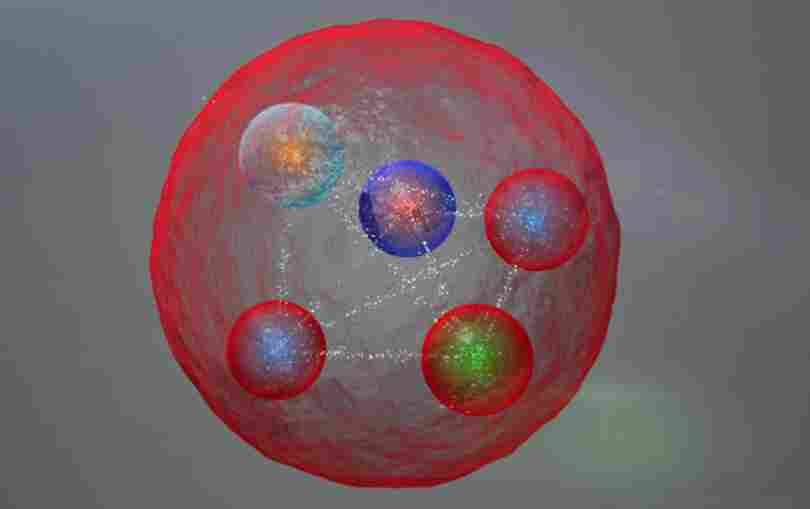On April 8, there will be a total solar eclipse in North America. It will be possible for millions of people to witness the entire event, which is predicted to cause the sky to darken for over four minutes.
Perfect alignment of the sun, moon, and Earth results in a total solar eclipse. As a result, the sun is blocked. The weather and the location from which individuals see the eclipse will affect the quality of the observations.
The regions of Mexico, the United States, and Canada will be included in the path of totality, which designates the locations where people will witness a complete obstruction of the sun. Those outside of this route in North America will still be able to witness a partial eclipse.
According to NASA, the eclipse will start over the South Pacific and cross the Pacific coast of Mexico at approximately 11:07 a.m. Pacific Time. After that, it will land in Texas and enter the US.
After then, the path of totality will travel across several states before leaving Maine, which is the most northern state. The eclipse is expected to arrive in Ontario, traverse the country, and then exit northern Canada into the Atlantic.
Within the 185-kilometer-wide line of totality, there are an estimated 44 million individuals, of which around 32 million reside in the United States.
The eclipse that darkened skies in 2017 is predicted to endure four minutes and 28 seconds, or roughly twice as long. There won’t be another coast-to-coast total solar eclipse in the United States until 2045.
Kelly Korreck is in charge of NASA’s eclipse watch program. According to her statement to The Associated Press, many people will be able to witness the “wonder of the universe without going very far” thanks to the eclipse.
There will still be a partial eclipse visible to those who are not in the path of totality. The sun will be partially shaded the further these people are from the walkway. According to experts, Americans living in places like Seattle and Portland in the northwest, which are the furthest from this path, will only see around one-third of the sun obscured.
People are being cautioned about the risks of staring directly at the sun during the eclipse, just as they have in the past. It is advised that eclipse spectators wear specialized glasses as regular sunglasses are not thought to provide adequate protection. It is advisable to take off the glasses alone when the sun is fully obscured during totality.
There are various phases or sections to the development of a total solar eclipse. As the moon begins to move between Earth and the sun, the event begins with a partial eclipse. A partial blockage causes the sun to resemble a banana during this phase.
Points of light from the sun shine around the edges of the moon during the following phase, known as Baily’s Beads. The many landforms on the moon provide this impression. This brief stage “may not last long enough to be noticeable to all observers of the total solar eclipse,” according to NASA.
During the Diamond Ring stage, the moon is surrounded by a ring of light from the sun’s atmosphere, yet there is only one bright spot visible along the lunar edge. This appearance resembles a diamond ring and occurs just before totality.
Following totality, the moon continues on its course until the eclipse’s conclusion, at which point the other phases repeat.
Usually occurring every few years, total solar eclipses take place in remote locations like the Antarctic or South Pacific. The following complete solar eclipse is scheduled for 2026. It will be visible in Iceland, Spain, and the northernmost points of Greenland.
The next total solar eclipse over North America won’t occur until 2033, and it will only cross over Alaska. The next one is scheduled for 2044, and it will only affect Western Canada and the US states of Montana and North Dakota in total.
The United States’ next coast-to-coast complete solar eclipse is anticipated to occur in 2045. According to NASA, one will run from Cape Canaveral, Florida, through Northern California.
Topics #NASA #Solar Eclipse in 2024










